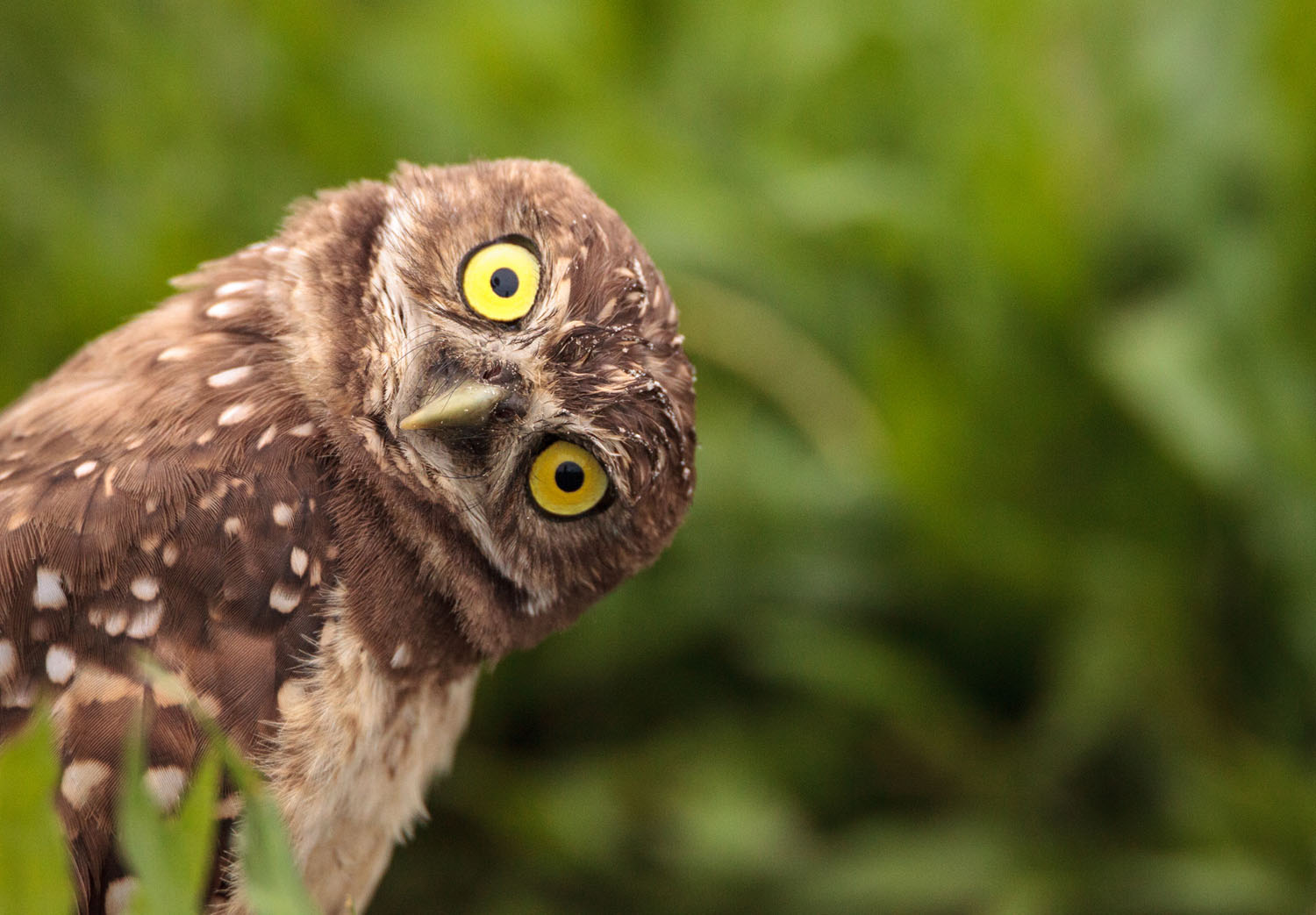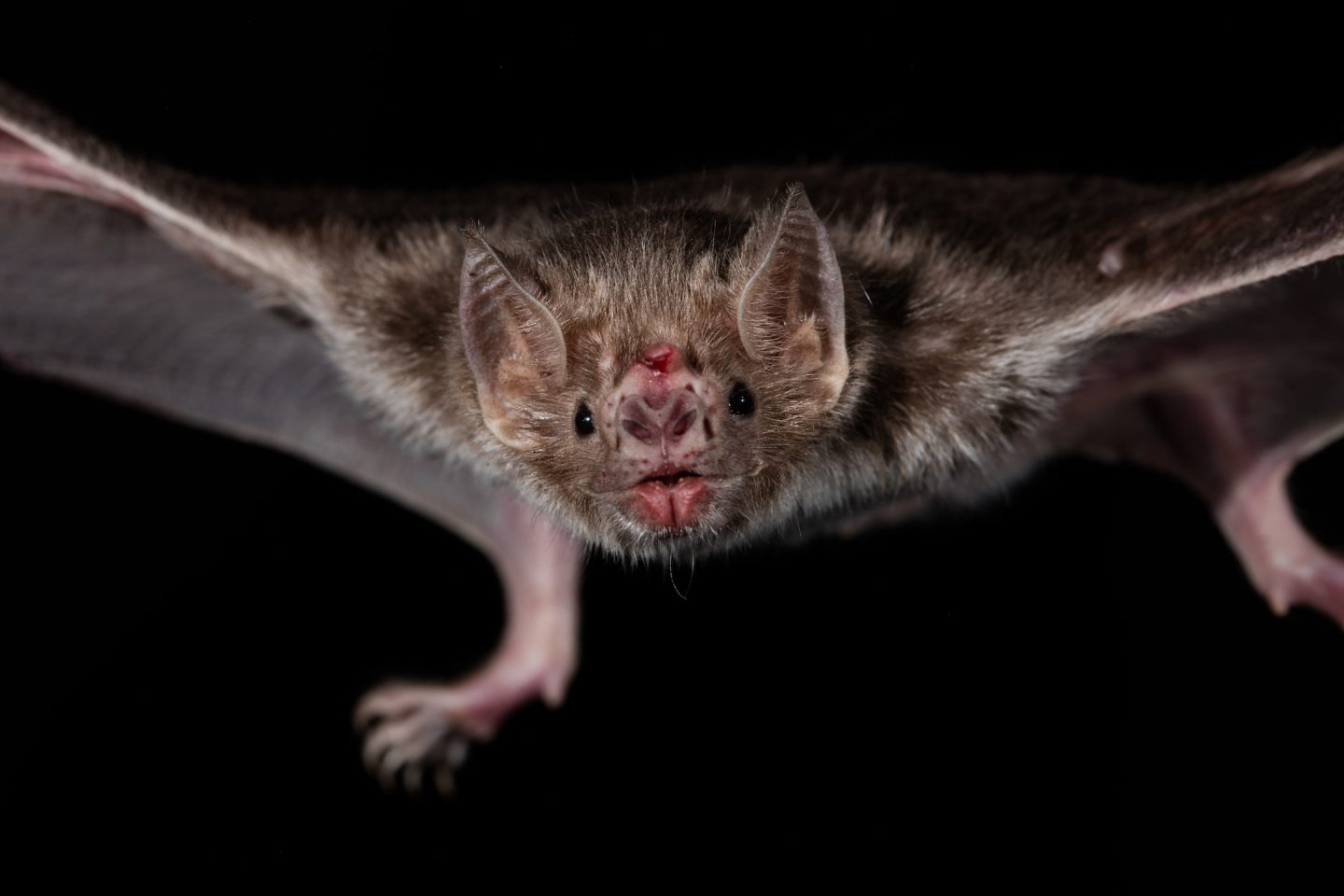Humans lost some of their hearing privileges due to evolution. They cannot now hear frequencies as high as bats or as low as elephants and we cannot spin our ears like cats. But we have learned to improve our hearing abilities.
Elephants can sense a thunderstorm

With the huge ears they have, elephants can hear the sound of the clouds gathering before the rain. An elephant can pick up infrasound waves, a low-frequency that humans can’t hear. They can also hear their feet using the nerve endings that detect ground vibrations.
Dolphins can hear through their jaw

Even though Dolphins have ears, they still navigate through the ocean by a mechanism the same as the echolocation in bats. They produce sonic pulses from their foreheads that are reflected by the surroundings and then they received back the sound receptors in their teeth and jaws.
Owls are nature’s surveillance camera

Not only do owls have the ability to rotate their heads 360 degrees and remarkable hearing but they also have an excellent night vision. Owls have asymmetrical ears, in that when they fly, one ear picks up sounds from above while the other listens to sounds from below. This kind of system works tandem with their night vision implying their prey will most likely get caught.
Bats use ultrasonic sound waves to hear

We all know that bats have poor vision and therefore they solely rely on echolocation to navigate during night flights. Bats send out ultrasonic sound waves from their mouths then, the echo bounceback to them. Bats use the same techniques to determine the size and location of objects and find food in total darkness. Bats also have 20 muscles that help them change the shape and direction of their ears to fine-tune echo reception.
The “best hearing in the world” title goes to an earless animal

This might come as a surprise but believe it or not earless animals have the best hearing. In the predator-prey race, the wax moths have managed to escape bat predation by evolving ultrasound sensitive ears. They possess the highest frequency sensitivity recorded in the animal world and hear 150 times better than humans. They can hear frequencies 100 hertz higher than bats.
Whales are living submarines

Underwater sonar is based on the same echolocation techniques whales and bats use to navigate in the deep dark ocean or at night. Same as submarines, whales can navigate and find food using sound reflections and sound waves. The clicks and whistles produced by whales are thought to provide them with a 3D view of the world and are also vital in communication between individuals.
Rabbits can rotate their ears 270 degrees

Have you ever wondered why it’s tough to hunt a rabbit leave alone getting it off guard? Well, one technique that rabbits have to escape their predators like you is that it can direct its ears towards sounds. The rabbit’s ears also tell a lot of behavior it has. Erect ears imply the rabbit is listening attentively and when one ear is up and one is down, the rabbit is listening passively. When the ears are resting against its back it shows a relaxed state of mind but is the ears are touching, but separated ears in the same position indicate a state of fear.
- Extraordinary German Sniffer Dog That Can Detect Coronavirus (Video)
- Mystery Behind The World’s Blackest Fish
Cats and dogs are very attentive

Have you ever wondered why your dog sometimes reacts when nothing seems to be there? Well, this is because it can hear higher frequencies. Dogs also can differentiate their owner’s footsteps from those of strangers. Cats’ ears are even way more sensitive! Dogs have 18 ear muscles while cats have 30 and can rotate them 180 degrees. So, please don’t even try sneaking up on your cat – it’s a waste of time.
Other insects hear their predators

When moths, crickets, and beetles hear ultrasonic waves of their predators they run away or fly in looping or zigzagging patterns. Some beetles and crickets produce clicking sounds to scare the predators away.